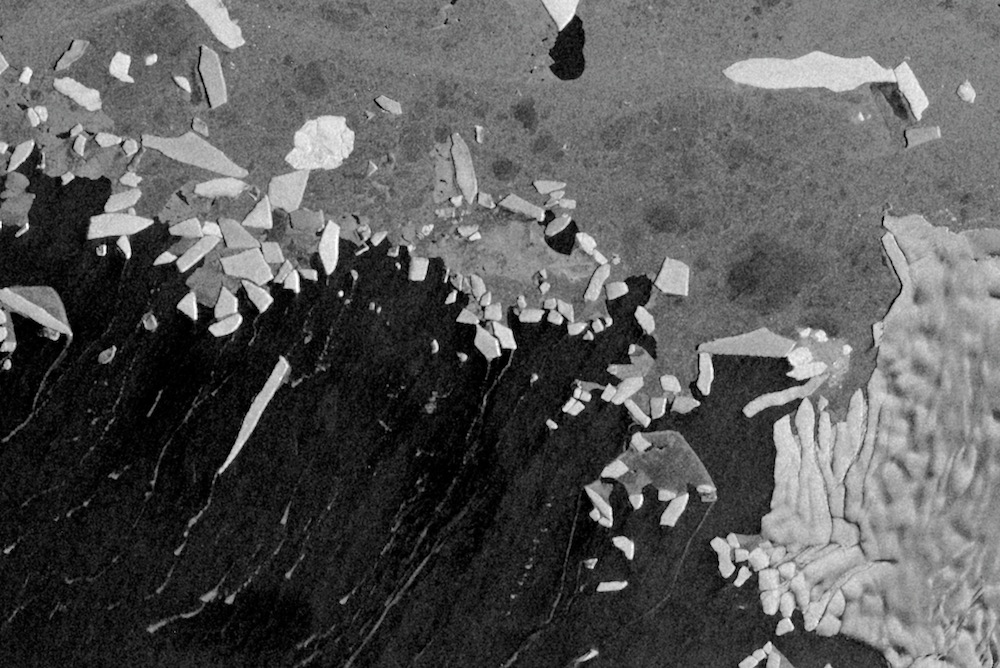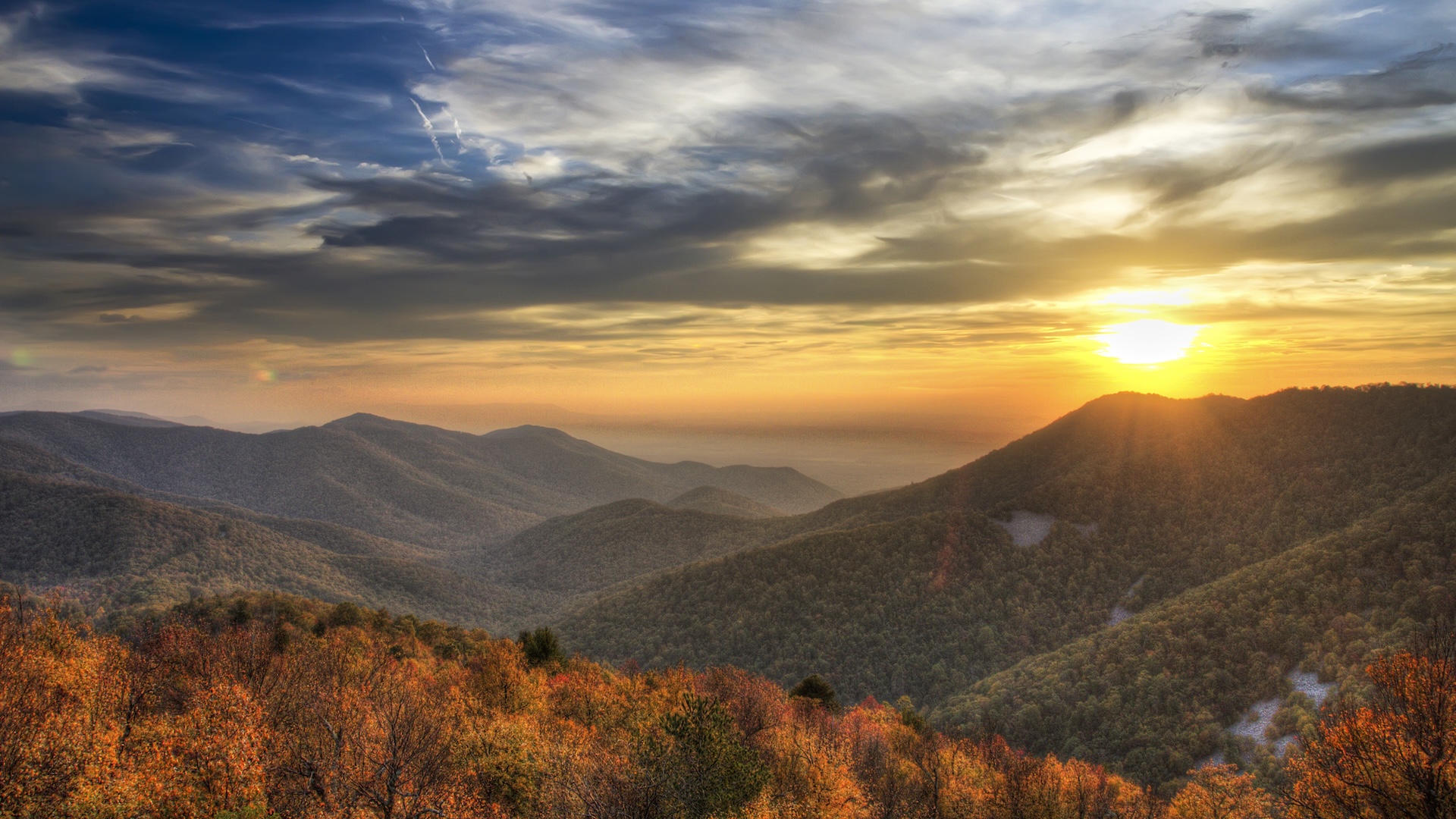Satellite's Tour of Earth Begins in Ice

As with any satellite, the European Space Agency's new Sentinel-1A satellite's tour of duty will eventually end in fire. For now, though, the satellite begins its sojourn in orbit with ice.
Images of ice, that is. One of the first snapshots beamed back from the new orbiter is a black-and-white view of icebergs scattered like cookie crumbs along Pine Island Bay in Antarctica. The image also includes a view of one corner of the 31-mile-wide (50 kilometers) Thwaites Glacier.
Sentinel-1A is the first of a fleet of planned satellites from the European Space Agency (ESA), according to the ESA website. The satellite launched on April 3, carrying a radar instrument that can image Earth day or night, in any weather.
Part of the mission of the satellite, according to the ESA, is to create maps of sea ice for use in ship navigation. The radar instrument differentiates between thick, unnavigable ice cover and thinner ice that ships can travel through. The satellite also provides information on ocean winds, waves, soil moisture on land and terrain changes. The satellite is designed to send images frequently, providing updated information on land alterations in the case of earthquakes and floods and other geologic hazards.
The satellite sends microwaves down to Earth's surface and records the echoes that bounce back — an imaging strategy that "sees" through clouds and doesn't require light, according to NASA's Earth Observatory. The image of Antarctica's icebergs dates to April 13 and was taken before the satellite achieved its final orbit, Earth Observatory reports.
The ESA plans to launch a second Sentinal-1 satellite, which will orbit opposite its companion. The pair will image the entire planet every six to 12 days and are expected to last at least seven years before going defunct and plummeting into Earth's atmosphere.
Follow Stephanie Pappas on Twitter and Google+. Follow us @livescience, Facebook & Google+.
Get the world’s most fascinating discoveries delivered straight to your inbox.

Stephanie Pappas is a contributing writer for Live Science, covering topics ranging from geoscience to archaeology to the human brain and behavior. She was previously a senior writer for Live Science but is now a freelancer based in Denver, Colorado, and regularly contributes to Scientific American and The Monitor, the monthly magazine of the American Psychological Association. Stephanie received a bachelor's degree in psychology from the University of South Carolina and a graduate certificate in science communication from the University of California, Santa Cruz.
